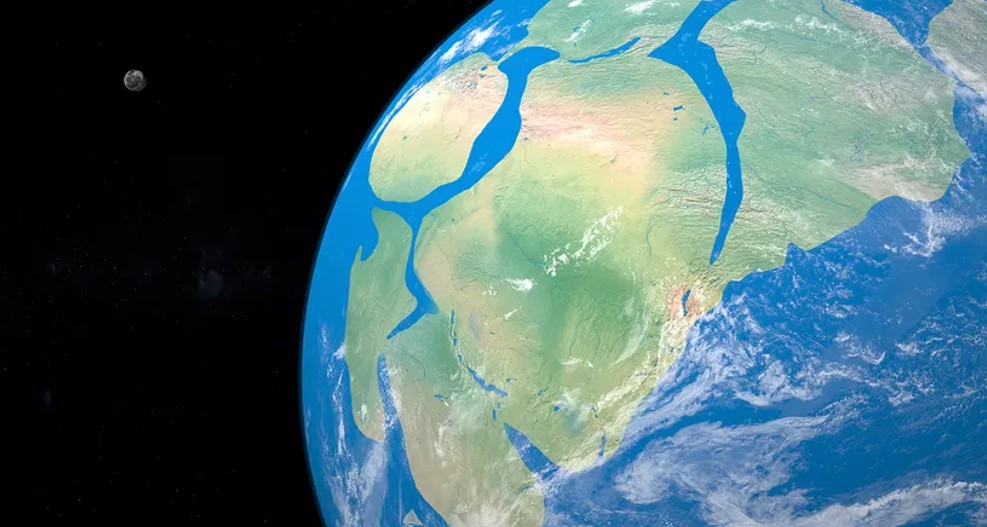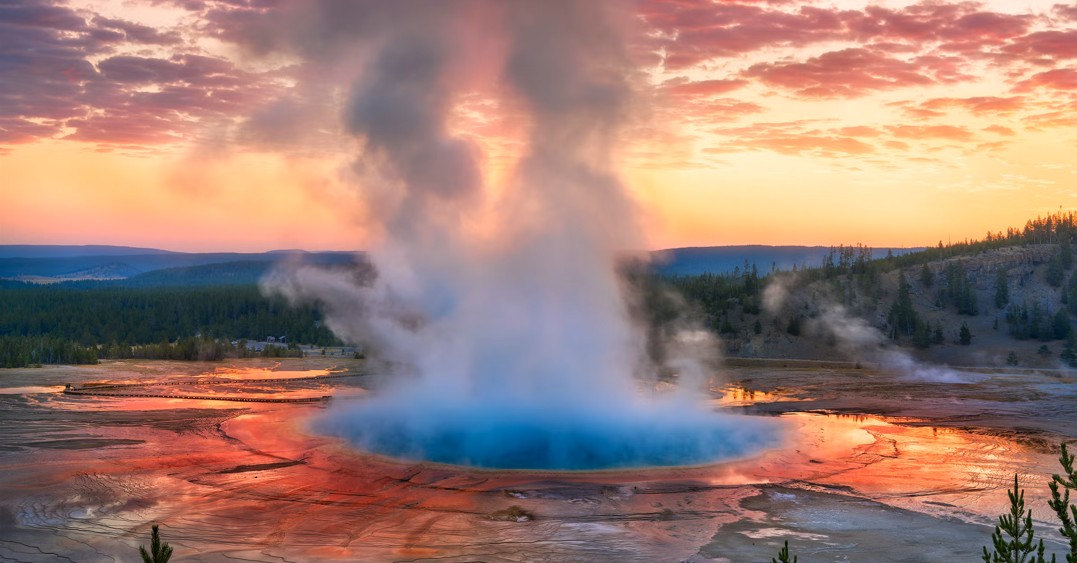
The giant space rock 2024 YR4 currently has a 4.3% chance of striking the moon in seven years. Should this occur, the nuclear bomb-like impact could create a ‘spectacular’ meteor shower from its debris, endangering Earth-orbiting satellites.
According to new simulations, the notorious “city killer” asteroid 2024 YR4 could pelt Earth with “bullet-like” debris if it strikes the moon within seven years. Such an event might create a spectacular meteor shower and pose a threat to our planet’s orbiting satellites.
This potentially hazardous asteroid, 2024 YR4, spans about 200 feet (60 meters) in diameter, meaning a direct impact on Earth could devastate a major city. Although discovered in December 2024, 2024 YR4 gained notoriety earlier this year after scientists initially projected a possible collision with Earth on December 22, 2032. In February, the probability of an Earth impact reached a high of 3.1%, leading NASA to conduct comprehensive studies. Subsequent analysis, however, has since confirmed there is no risk of it striking our planet.
Despite this, researchers determined in April that while Earth is safe, the asteroid might still collide with the moon. The likelihood of a lunar impact has gradually increased, recently reaching 4.3% earlier this month. Experts anticipate finalizing this probability by 2028, coinciding with the asteroid’s next close pass by Earth.
A recent study, published as a preprint on arXiv on June 12, utilized computer simulations to model a potential lunar impact. Researchers estimated that if the asteroid 2024 YR4 strikes the Moon’s near side (a roughly 50/50 possibility), it could eject up to 220 million pounds (100 million kilograms) of material. Under this scenario, scientists predict that up to 10% of the ejected debris could be pulled into Earth’s gravity over subsequent days.
According to Paul Wiegert, the study’s lead author and an expert in solar system dynamics at Western University in Ontario, Canada, 2024 YR4 would represent the largest lunar impact in at least 5,000 years. Wiegert, also known for his work on the asteroid Apophis, described the potential impact as “comparable to a large nuclear explosion in terms of the amount of energy released.”

It’s important to note that these simulations were conducted before the asteroid’s lunar impact probability slightly increased from 3.8% to 4.3% on June 16. While this raises the chances, an impact remains far from certain. Additionally, the study’s findings have not yet undergone peer review.
While unlikely to pose a risk to people on Earth, any incoming fragments could create a “spectacular” meteor shower. These wayward pieces of rock would burn up in our atmosphere, potentially lasting several days and being visible globally, Weigert explained.
However, despite the safety for those on the ground, Earth’s space-based infrastructure faces a potential threat. The volume of debris drawn close to Earth could increase the likelihood of satellite strikes by approximately 1,000 times. This risk is compounded by the projected significant increase in orbiting spacecraft by 2032.
Weigert emphasized the danger, stating, “A centimeter-sized rock traveling at tens of thousands of meters per second is a lot like a bullet.” Such an object could disable a satellite or critically damage crewed space stations like China’s Tiangong (the International Space Station is slated for decommissioning by 2030).
Should the probability of a lunar impact rise further, government agencies might consider diverting the asteroid to protect Earth’s space assets. Weigert believes 2024 YR4 would be an excellent candidate for testing planetary defense capabilities, stating, “I’m sure it will be considered.”
NASA successfully demonstrated asteroid deflection in 2022 by using its DART probe to alter the trajectory of Dimorphos. The asteroid 2024 YR4 is only about half the size of that earlier space rock. However, Weigert warned that delaying action could make it too risky to attempt deflection, as a single error might inadvertently send the asteroid on a collision course with Earth.







